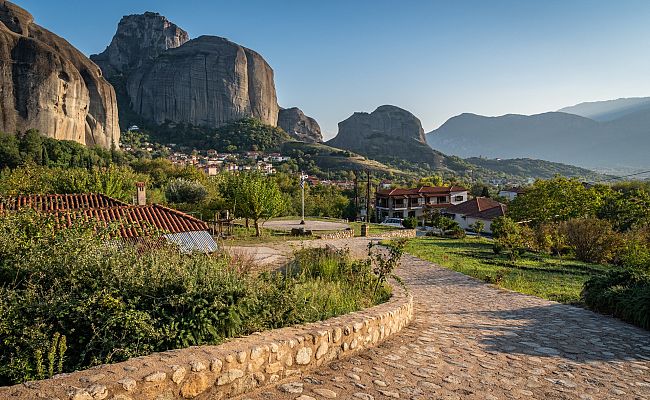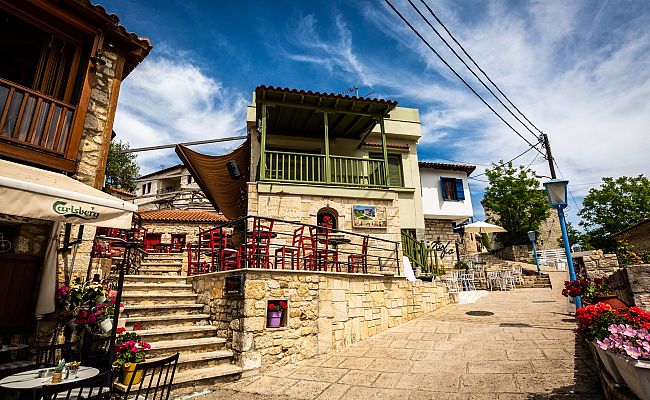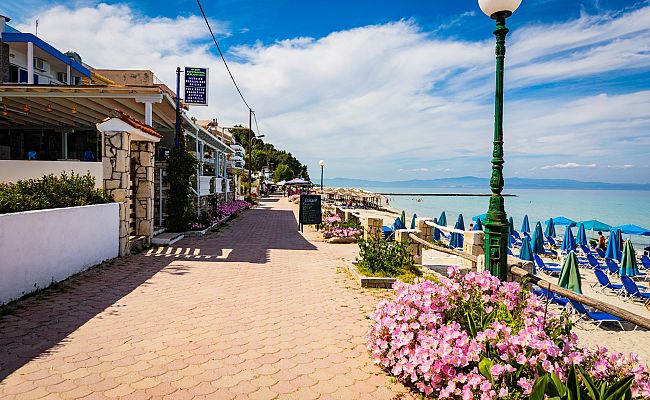A Brief History
In the mid-19th century, foreign archaeologists began excavations in the area, uncovering a tomb belonging to Philip II, a burial site for a woman known as the Tomb of Persephone, and a grave belonging to Alexander the Great’s son. The endeavor was continued by Greek specialists, but it wasn’t until after WWII that the renowned archaeologist and lecturer at Aristotle University of Thessaloniki, Manolis Andronikos, took up the case.
In 1977, Andronikos was honored for his extensive contributions when he was granted the ability to fully examine the graves. Furthermore, Andronikos refused to let the artifacts be moved to the Thessaloniki museum, convinced that the priceless artifacts should remain in Vergina.
The immense impact of the discovery of royal burials on Greece is difficult to overestimate. To begin with, the mere existence of the find is a serious argument against the name «Macedonia» used by the modern-day country of the same name. Manolis Andronikos himself expressed this idea.
Macedonia at last revealed its true identity, leading us to believe that the Hellenistic culture brought to the East by Alexander’s journeys was firmly established in this northern Greek region, which many previously regarded as the country of unenlightened farmers and rustic countryfolk. These discoveries unmistakably validate Strabo’s statement: «Macedonia is Greek!»*
Vergina Museum: a Must-Visit
Of special significance is the burial of Philip II. Alexander the Great’s father was remembered in history as a man with a remarkable diplomatic skill and one who managed to both expand the Macedonian kingdom and unite Greece.
The Vergina Museum houses an impressive collection of artifacts, much of which has not yet been made available to the public. The items already on display are truly impressive — it is highly recommended to dedicate at least two and a half hours for a tour of the museum. No photography is allowed in the Vergina Museum.
Buried Treasures
A colossal mound conceals archaeological discoveries and the museum itself. As you make your way through a lengthy corridor, you enter a dim room wherein the only thing illuminated are the exhibits. Among them is the 8 kg golden sarcophagus of Philip, which held a gilded funeral wreath and charred relics of the tsar. An array of military armor belonging to Philip II (chain mail, shields), tombstones with names, women’s jewelry, formerly wall-mounted relief sculptures, gold and bronze dishes, a minute fragment of still-intact fabric (it’s astonishing that it survived so many centuries!), ivory objects from the grave of the Alexander the Great’s son, ceramics, gold buttons, and an exquisite diadem belonging to the queen, with its numerous intricate details — all this showcases the craftsmanship of ancient artisans.
The designers of the museum came up with a creative way to include the excavations in the exhibition. As you move from the stands to the displays, you enter chambers where you merely have to stoop down to observe the tombs underneath. Partially adorned with murals, the columns are still in remarkable condition. To ensure their protection, the kurgan museum was transformed into a bunker, where a steady temperature is kept and the lighting is kept dim.
One day, the riches of Vergina shall be investigated thoroughly and its exhibition will only expand. Yet, it is definitely worthwhile to come and appreciate the collection of one of the most remarkable museums in Greece.











